10 Projects to Get Your New Year off to a Great Start
One of the best ways to improve your photography skills and techniques is by challenging yourself to try new things.
Whether it’s experimenting with a new camera setting, or mastering a technique that you’ve long been wanting to learn, pushing yourself to embark on projects that are both interesting and challenging is a great way to test out newly learned theory!
And it can help to cement concepts and techniques in your mind.
With the New Year officially in full swing, now is a great time to take an honest assessment of your photography skills, and choose a project (or two) that will help you to improve in any areas where you may feel you’re lacking.
This can lead to an overall improved skill set, which you’ll then be able to use in a number of different photography situations.
Here are ten projects for you to choose from that will help you to get the new year off to a great start.
-
Light Painting
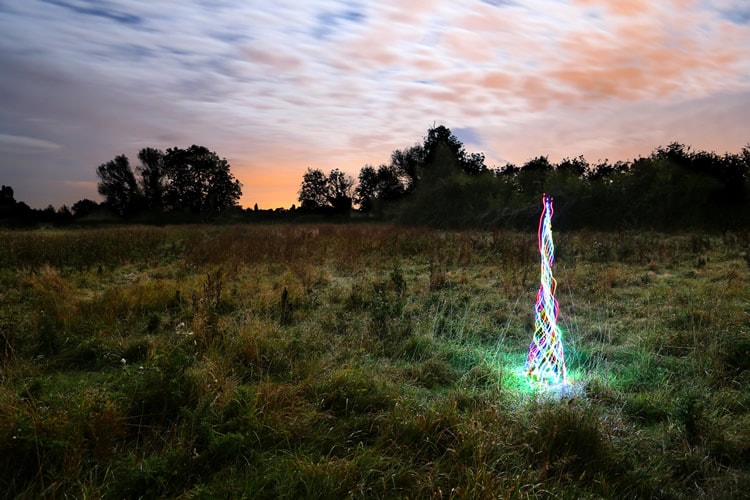
image by Brian TomlinsonLight painting is the art of using lights and long exposure to create designs. The resulting images are fun, carefree, and artistic. To create light painting, you’ll need a dark location and an external light source – like a flashlight, glow sticks, or a sparkler. Turn your camera to manual, adjust the aperture to around f/11, and then slow the shutter speed to about 30 seconds (if you are planning to get in front of the camera) or switch to bulb mode if you are photographing someone else – then start writing! You will have as long as the shutter is open to write your message.
-
Silhouettes
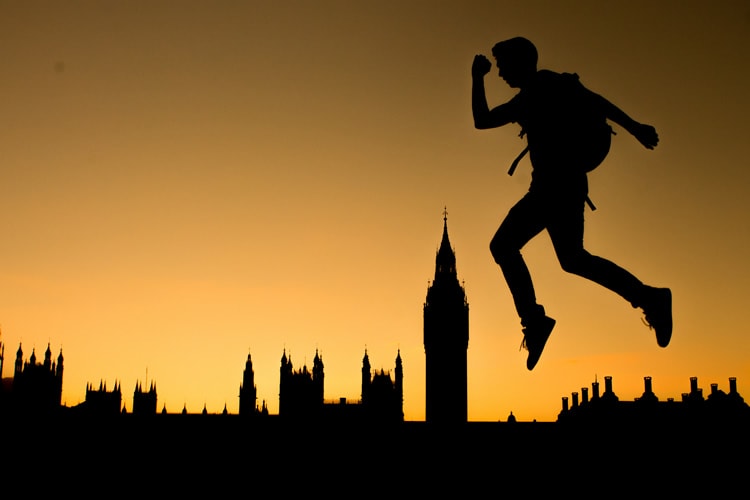
image by Bea RepresaSilhouette photography is an excellent study in how the direction of light can drastically affect the resulting images. Silhouette photography is all about composition, lighting, and exposure. For effective silhouette photography, choose a strong subject – a person or something with a clearly identifiable outline. Then, position them with the setting sun to their back, or partially blocking the light source. Pay close attention to your settings. You’ll want a fast shutter speed to allow less light into the camera, and for a darker exposure. If the image is too dark, use a slower shutter speed to lighten it up.
-
Lens Flare
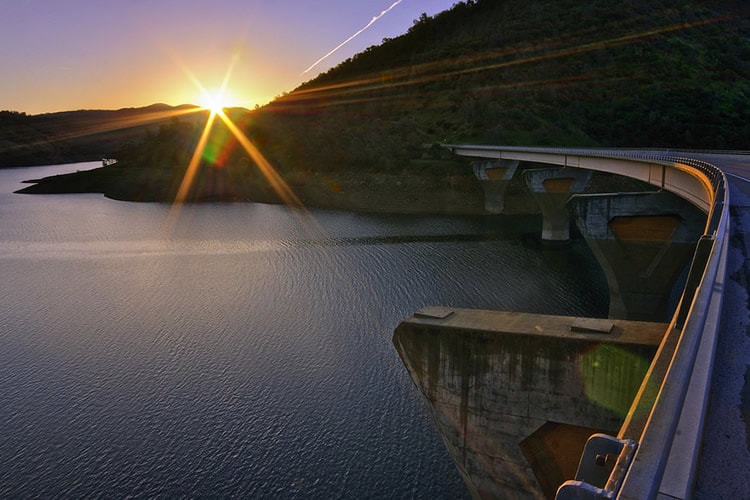
image by jason jenkinsWhile lens flare is often best avoided, sometimes it can add a nice touch of ‘flare’ to the overall composition. Lens flare is caused by light hitting the lens, resulting in a sunburst. To create lens flare, position your subject with their back to the sun and shoot directly into the sun. You may want to use manual mode, since this will allow you to adjust the exposure so that the subject doesn’t turn out too dark.
-
Black and White
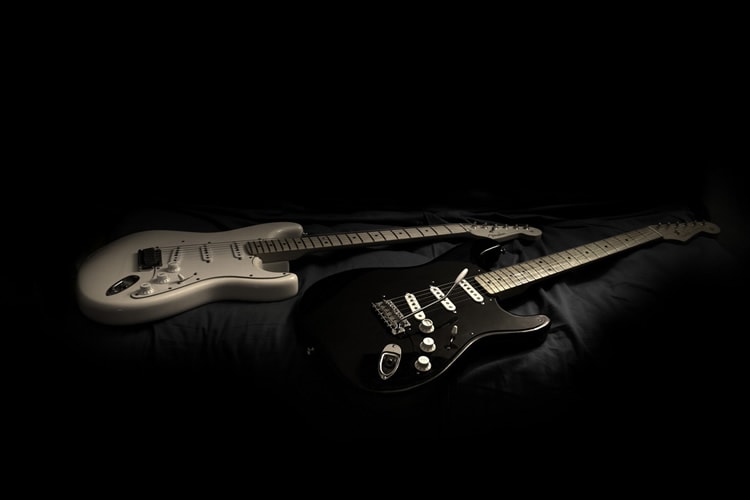
image by Christopher BowleyLooking beyond color, and learning to see in black and white is an excellent creative exercise. Black and white photography forces you to rely on other compositional elements besides color, pushing you out of your comfort zone, and challenging you to see the world differently. Effective black and white photography involves the right lighting, the right settings, and looking for the perfect composition – something that can especially benefit from the black and white treatment. The best black and white photographs have a truly timeless feel, and are able to elicit a deep emotional response.
-
Bokeh
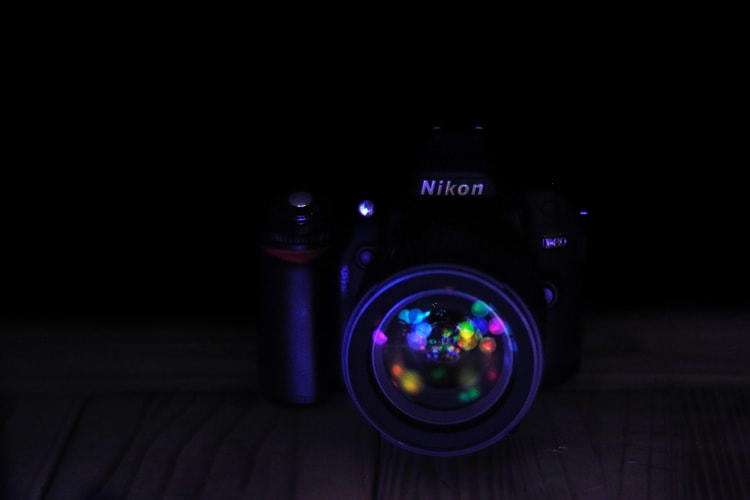
image by Janet RamsdenBokeh; out-of-focus points of light that are rendered as a soft, blurred background or foreground, can be a great visual element. To capture bokeh, use a fast lens, and open the aperture as wide as possible, f/2.8 or wider if your lens allows. This will help to draw the subject into focus while blurring out the background and rendering the light as out-of-focus spheres.
-
Portraits
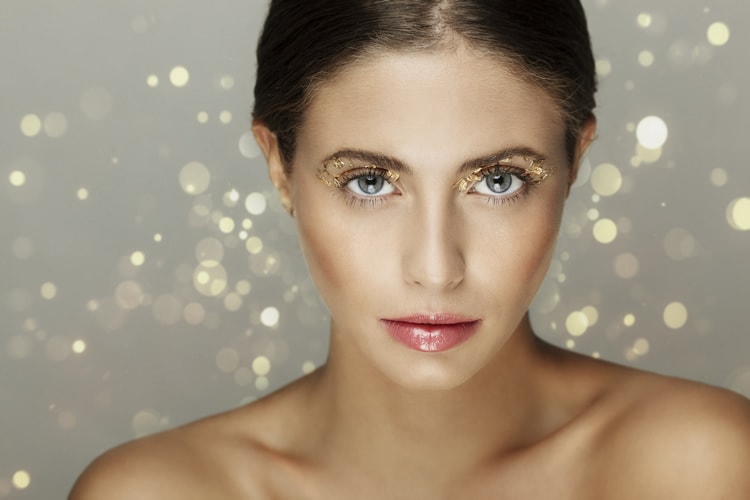
image by Søren RajczykCapturing great portraits can be surprisingly difficult. There’s more to portrait photography than having a subject stand in front of something while you snap away! It involves using the background to enhance the composition, and paying close attention to the direction of light to ensure that the subject looks their best. If you want to get fancy, why not purchase a reflector (or make one!) and practice bouncing the light back onto your subject’s face, helping them to stand out from the background. This can help to take your portraiture up a notch. Finally, it’s important to pay attention to posing. Helping your subjects to relax and have fun is a key element to effective portraits.
-
Motion Blur
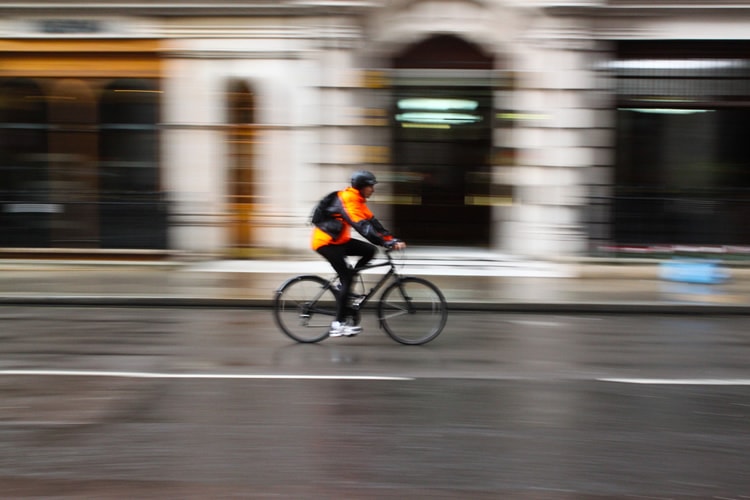
image by Geraint RowlandMotion blur can be a great way to add an artistic touch to your photography, allowing you to create visually interesting compositions using fast moving subjects. To capture motion blur, use a slow shutter speed, and hold your camera still as your subject moves. A long exposure will blur the subject, resulting in a beautiful haze of colors. Or, use panning, which involves tracking a moving object with your camera before releasing the shutter. This will result in a subject that’s in focus, and a blurred background.
-
Flash Photography
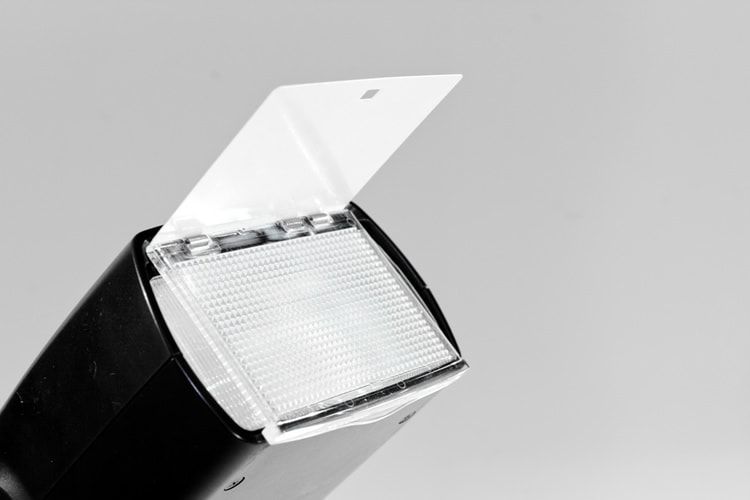
image by AidanWhile the on-camera flash is often avoided, learning to use it properly can help to add to your photography. The on-camera flash can work great in daylight situations, where the subjects could benefit from additional light. The secret is finding a way to diffuse the flash, so that the subjects don’t end up terribly washed out. Knowing how to use your on-camera flash can come in handy in situations where you have a minimal amount of gear, and need an additional light source.
-
Crisp and Clear Night Photography
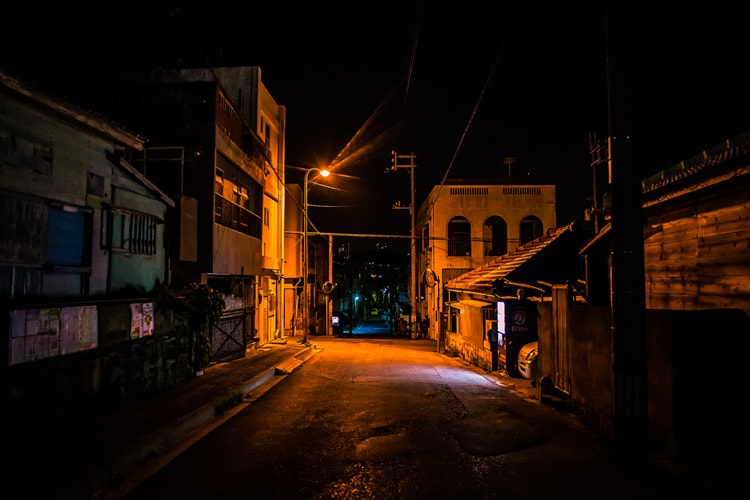
image by troy_williamsIf you’ve ever wanted to capture sharp nighttime photography, you’re not alone. Night photography is a challenge for many and one reason some photographers are, “afraid of the dark!” But mastering night photography can open up a whole new realm of photographic possibilities. Not only will you no longer be confined to the daylight hours, you’ll also be able to apply the same techniques to indoor photography, or any situation where there’s minimal light. For nighttime images, use a slow shutter speed, and a tripod to steady your camera for those long exposures.
-
Street Photography
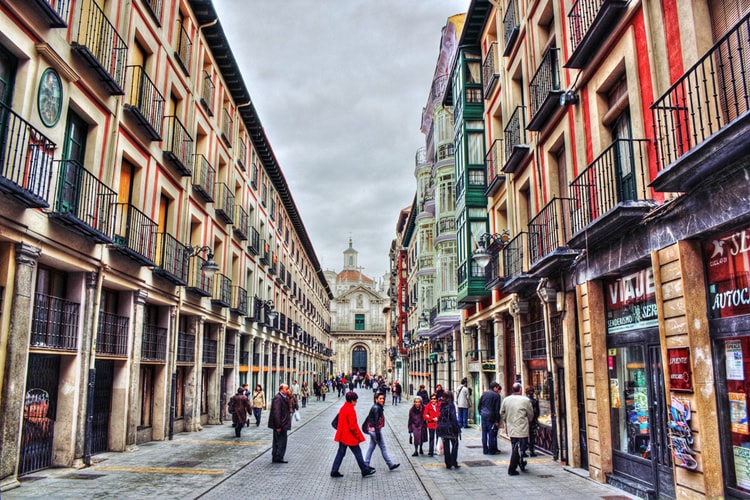
image by Zyllan FotografíaThere may be no photography assignment more challenging than capturing pictures of strangers on the street! Start small, by simply photographing in public with your camera. Take photos of architecture, storefronts, or pigeons, and work up from there as you feel comfortable. It’s also a good idea to start with a small, nonintrusive camera. This will help you relax and blend in – a lifesaver when you’re first starting out.
While these suggestions are designed to get your wheels spinning, the fact is that any creative assignment can be an extremely rewarding project. Whether you choose one or two of the above, or embark on your own creative challenge, be sure to choose something that pushes you out of your comfort zone, and challenges you to do something that you’re not familiar with.
Stick with it, don’t give up, and soon you’ll notice a definite improvement. Watch as your confidence, and skills grow! Are you planning to challenge yourself this year? Which projects are you planning to embark upon? Share your projects and photography with us via Twitter or Facebook!
